In recent years China has become a world leader in innovative and stylish architecture. Nowhere is that more obvious than in the way galleries and art museums are using sustainable methods and repurposing old and unused buildings and natural landscapes for new spaces.
One excellent recent example of construction that has been used to protect endangered natural landscapes is UCCA Dune in Qinhuangdao in coastal Hebei province. Built into and beneath a sand dune on the beaches at Beidaihe district, the site is actually the home of “one of the few remaining un-destroyed dunes in northern China,” according to founding partner of Open Architecture, Li Hu.
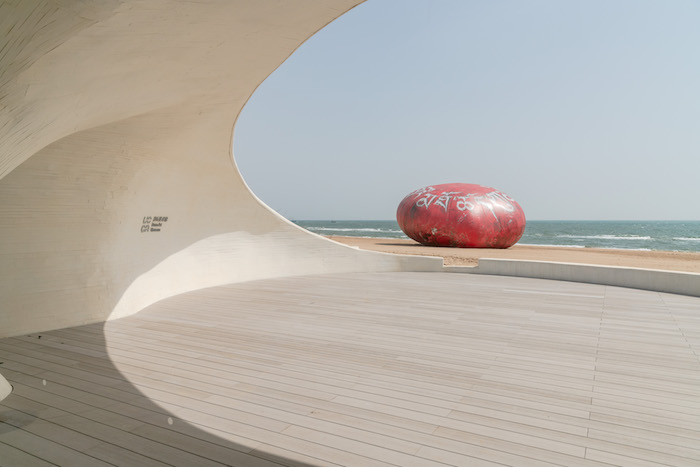
Image via Open Architecture
Li’s firm Open Architecture, also known for its work at TANK Shanghai, designed and built UCCA Dune over the course of three years from 2015 until 2018. Initially given the freedom to choose a site in the area of a natural beach, Li was inspired by a dune that he came across when visiting the beaches at Beidaihe.
“People do not really understand the important ecological function of the dune; to protect the very vulnerable ocean ecology. Most of the dunes have been leveled to make space for seaside developments,” he tells us. The site, which now resembles a patchwork of buildings, tunnels and passageways protruding from the sand (like a child’s sandbox) was delicately primed in order for construction.

Image via Open Architecture
“We adopted a series of sustainable and energy-saving strategies in order to protect the fragile ecology of the dune,” Li says, explaining the process. “For instance, the thick layer of concrete shell was constructed as the thermal mass. Together with the sand and plants that cover the top of the space, which also perform as good thermal insulation, we are able to save extra energy consumption for keeping the gallery a temperature-consistent space. The glass facade is designed to be deeply recessed, and therefore is naturally shaded from the heat.”
The firm’s innovative methods of construction also lessened the need for man-made objects that might disturb the native ecology. The finished space resembles something almost mystical, an ancient type of building set beneath the Earth, playing on natural solar and lunar phenomena. We raise the question of lighting with Li and he is in agreement.
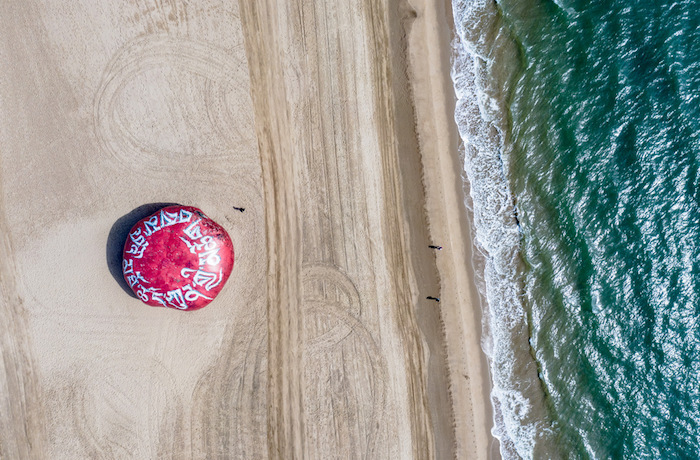
Image via Open Architecture
“We sought to achieve a balance of light and darkness in order to create a sublime character of the museum, a museum as a sanctuary for nature and art; on the other hand, in certain parts of the museum, we deliberately crafted out a contrast of light and darkness, to give visitors a rich sensual experience and a playful journey,” he says, before going on to describe UCCA Dune’s interior. “For instance, the entrance consists of a long dark tunnel and a small reception area. As you walk through this dark tunnel, you will enter the largest multifunctional gallery where the space suddenly opens up, and you can see a beam of daylight which fills the space with brightness from the skylight above. The audiences taking the spiral staircase to the outdoors will experience walking from the dark recesses below towards the vast openness above.”
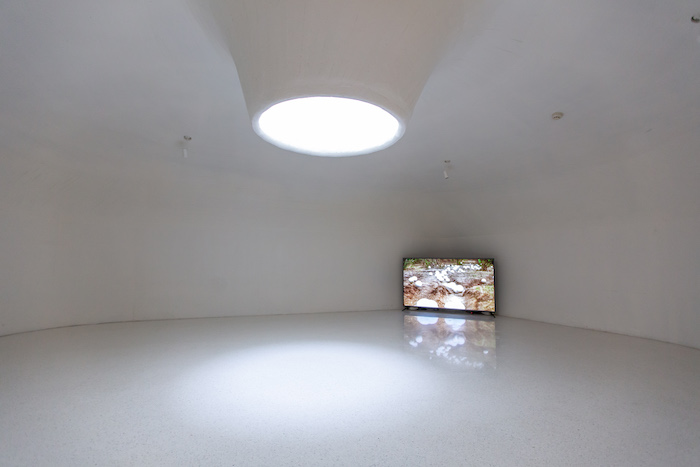
Image via Open Architecture
Li goes on to say that an integral part of Open Architecture’s work involves tying nature and humanity together. He brings up TANK Shanghai as an example. The project, also undertaken by Open Architecture, makes use of five abandoned aviation fuel tanks on the coast of the Huangpu river in Xuhui district, transforming them into huge art spaces which are connected by a public park.
“Nature is not just for looking. It should not be used in architectural projects as merely a decoration, or a skin job. More importantly, it is crucial for architects to establish a real connection between nature and humanity in the space they create,” he says, speaking on the importance of integrating nature in a genuine way. “The building has to belong there, like bonding with the site, and we need to find a deep connection to the site.”
To learn more about Open Architecture, click here.
[Cover image courtesy of Open Architecture]
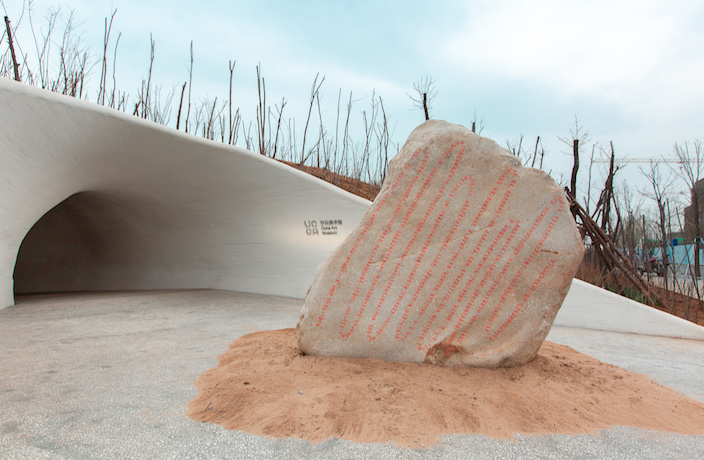






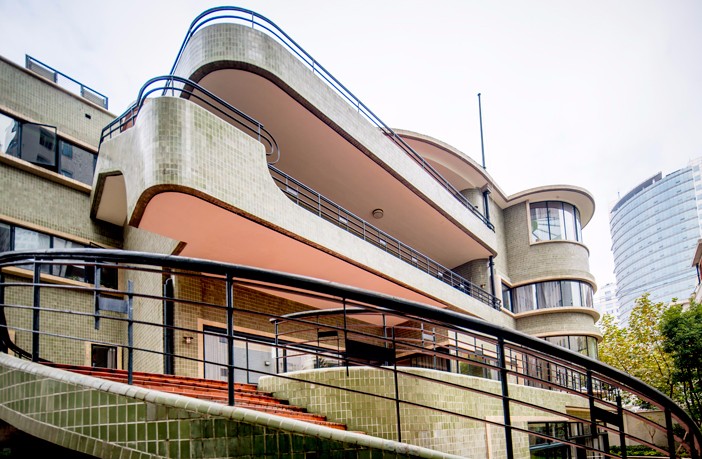














0 User Comments